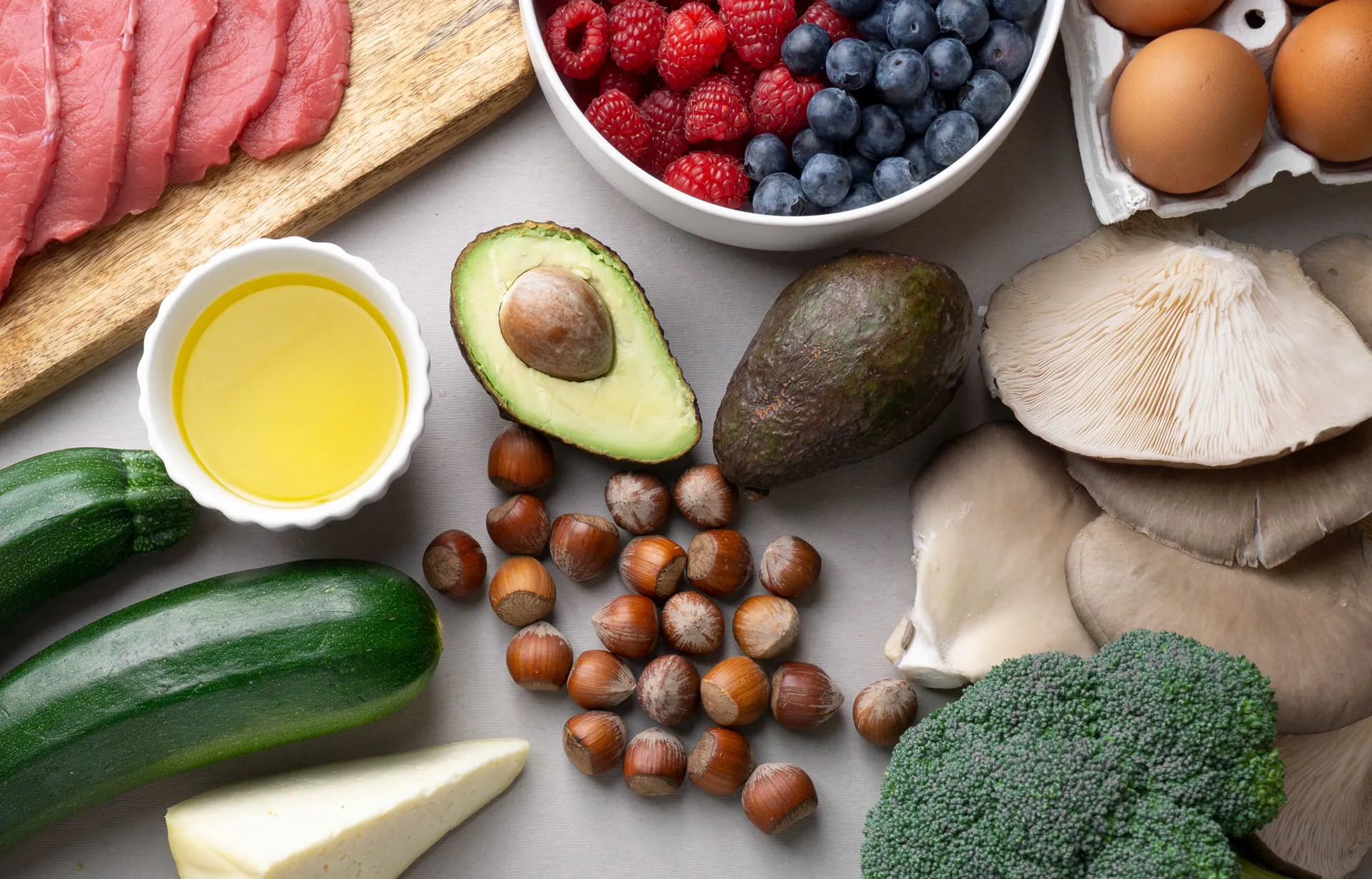
)
03 Mar 2025
When total cholesterol exceeds the "feared" 200 mg/dl, many people—and even some doctors—become alarmed (though fortunately, this is happening less often). However, total cholesterol levels have little correlation with cardiovascular disease. In fact, as we age, our bodies require more cholesterol for essential functions, such as those in the brain. Interestingly, studies show that higher cholesterol in older adults is associated with greater longevity..
More than total cholesterol, what really matters is maintaining adequate levels of HDL (the so-called "good cholesterol") and low triglycerides, ideally below 100 mg/dl.
The intake of healthy fats—both saturated (such as butter, cream, eggs, cheese, and Greek yogurt) and monounsaturated (olive oil, nuts, avocados)—helps increase HDL levels. Exercise also plays a key role. In contrast, a sedentary lifestyle and excessive consumption of refined sugars lower HDL levels.
Regarding triglycerides, they do not increase due to fat consumption but rather from excessive intake of refined carbohydrates (sugar, juices, bread, pasta, processed foods), which the liver converts into triglycerides for storage.
An excellent marker of cardiovascular risk is the triglycerides/HDL ratio, which ideally should be below 2. Values above 3–3.5 often indicate insulin resistance or metabolic syndrome, a precursor to type 2 diabetes. Ideally, this ratio should be close to 1 or even lower.
Contrary to what many believe, a diet rich in healthy fats does not harm the liver; rather, it protects it.
Fats consumed, once absorbed in the intestine, are transported through the bloodstream as chylomicrons to various organs without passing through the liver. Thus, the liver does not need to release VLDL particles into the bloodstream to supply energy, which reduces its workload.
What really overloads the liver, however, is excess fructose from added sugars and soft drinks. Since fructose can only be metabolized in the liver, excessive consumption saturates it, promoting the accumulation of liver fat (Non-Alcoholic Fatty Liver Disease), which is an initial step toward insulin resistance and eventually type 2 diabetes.
The classic view that LDL cholesterol is the culprit behind cardiovascular disease is evolving. Today, we understand that the main issue is inflammation. Factors such as high blood sugar, stress, cortisol, free radicals, and trans fats damage the vascular endothelium, causing micro-injuries. LDL cholesterol then rushes to repair these damages, but if it is oxidized and in the form of small particles (Pattern B), it can become problematic.
Conventional blood tests do not distinguish between large-particle LDL (Pattern A, harmless) and small-particle LDL (Pattern B, more prone to oxidation). However, there is an indirect indicator: the higher the triglycerides (above 150–200 mg/dl), the greater the proportion of Pattern B LDL, increasing cardiovascular risk.
What is truly beneficial is avoiding added sugars and ultra-processed foods, which are full of trans fats and other harmful additives. The key lies in consuming real, unprocessed foods, regardless of the type of diet followed (omnivorous, vegetarian, paleo, or Low Carb High Fat).
Recommendations for a Healthy Diet:
Main foundation: vegetables and greens as the primary source of carbohydrates, along with fiber.
Occasionally: tubers (potatoes, carrots), legumes, quinoa, and fruits such as oranges, apples, pears, kiwis, and berries.
Sources of healthy fats: eggs, butter, cream, cheese, avocados, Greek yogurt, olive oil, fish, meat, nuts (walnuts, almonds, pistachios, cashews), and seeds (chia, flaxseed).
Extras: dark chocolate with a high cocoa content (at least 85%).
In summary, a balanced diet low in refined carbohydrates and rich in healthy fats not only improves cholesterol and triglyceride levels but also safeguards our long-term metabolic and cardiovascular health.
